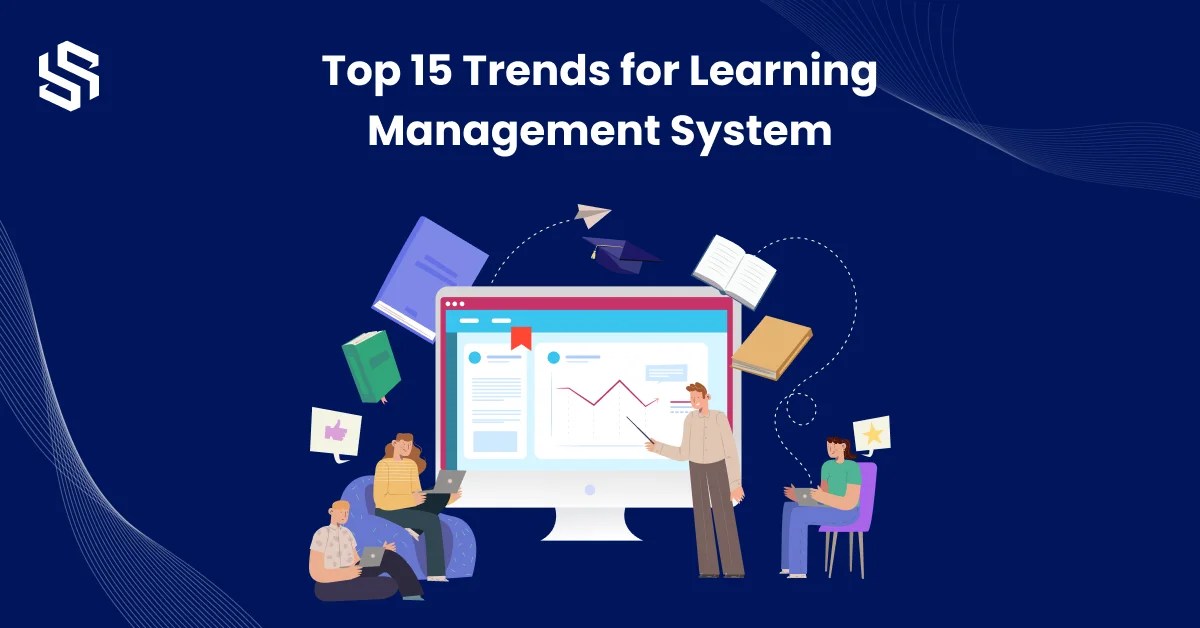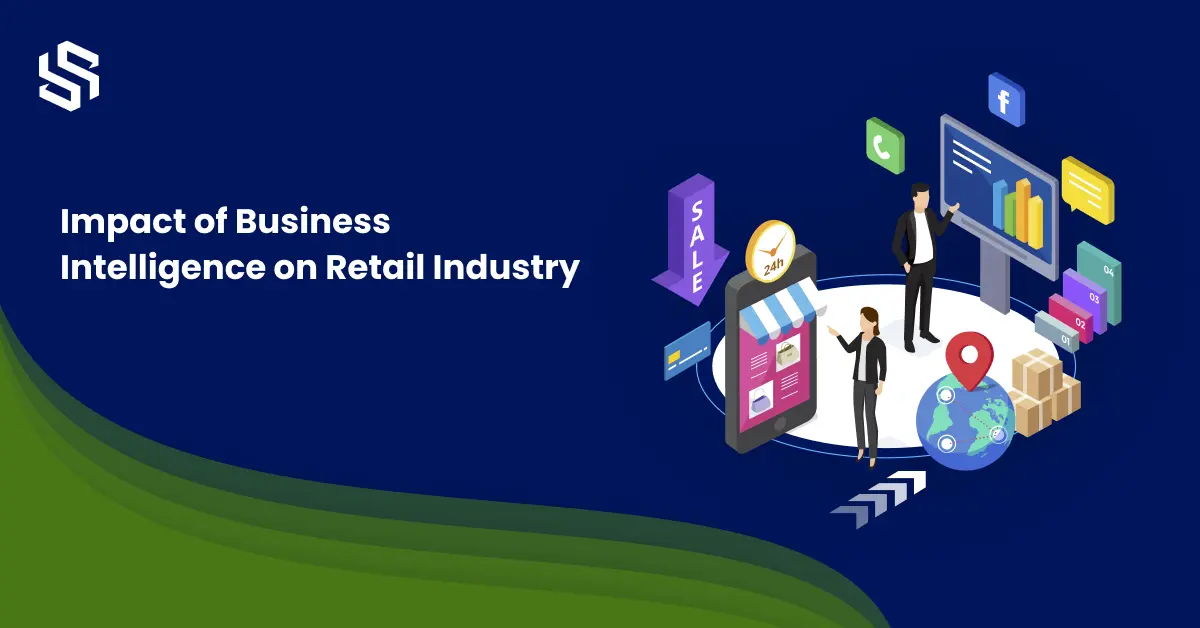Mobile is the future. And the present. Examples of companies that have realized the importance of doing mobile right are in the millions, including Google and Uber. It’s been said a million times already that your business will be worth nothing if it’sit’s not on its feet when it comes to mobility, so don’t let your fear get in the way of success!
Portable power banks are also ubiquitous because many people are addicted to their mobile phones. And it makes sense that they would want a constant connection via the Internet through their phones. However, it is just as common for entrepreneurs to invest in apps that pay off, which can help pay for things like app design costs or promote apps without spending too much money on them.
Now let’s talk about designing your app. Several factors make up the cost of app design.
By September 2021, 2.8 million apps were published in the Google Play Store. 25% of those who downloaded only kept their 1st app for about a day and then uninstalled it permanently. Can we say that application design is an anchor that allows “hook” the user? The first few minutes after downloading an app, it needs to be pleasant-looking and easy to navigate. The first few minutes, users don’t get frustrated enough to feel like deleting it immediately!
Today mobile apps turn your car on and operate your traffic lights. They watch what you eat, monitor your account, handle your expenses and keep in touch with friends. It’sIt’s like having extra hands, eyes, and ears rather than having to worry about new versions of apps that are just updates of previous ones.
It wasn’t always like this, but we’ve made many changes. In the early phase of mobile app development cost, there weren’t many people doing it, and those were doing it in a way that was very different from anything else at the time. Their apps were very basic and functional, nothing more. It wasn’t until Steve Jobs returned to Apple and set a course for their design studio to change how things were done would there be more attention paid to making apps look as good as they function. With all that has been said about how hard it is to get people interested in your mobile applications (around 25% of them will uninstall your app after one use), you need to think about ways you can make your application stand out visually and get noticed, so you have the best chance at sustaining long-term activity and engagement with it.
Years into the mobile app design industry, trillions of apps have been built, countless dollars made. What is the current cost of developing such an app? How much does it cost to design an app now? Has this number go up or down from what was required just a couple of years ago? Or are we finally reaching a point where there’s some competition, and it’sit’s less expensive for users?
Footwork- is information gathering about the industry you’re about to enter into. Researching the market, looking for target users, and familiarizing yourself with existing apps that already do what you want to create (your app idea or concept) so that your app design will be original and interesting but not too out of place about what’s already in existence.
Moodboard- Creating a mood board can help your design in many ways. First of all, creating a mood board will give you an idea of what the client is looking for and what colors, designs, and fonts will be best for them. After that, you can create different directions that fit their needs to make a final decision once you show them draft ideas. At any point in the design process, it’s always helpful to have negative references as well so you know what colors, designs, or fonts won’t work together, which happens quite often depending on who your target audience is.
Wireframing/Prototyping – With an idea on the drawing board and a great project scoping statement, UX design becomes a focal point of the web development process. Under such circumstances, changing minor aspects or improving existing products — regardless of medium — becomes less time-consuming. What’s great about this area is that Figma announced its cooperation with Material Design not long ago, giving people more tools to work with and new opportunities along with it.
The end product – This is the final version of a product that’s been carefully refined, polished, and triple-checked to ensure it meets the needs of your product stakeholders.
The complexity of an app’s infrastructure affects the design cost. The more menus, pages, graphics, and architectural patterns an app has — the more expensive it becomes. However, with clean UI kits and consistency in style, a complex app becomes efficient to a great extent yet still equally appealing for users.
Cross Platform Implementation – There are two major mobile platforms – the gigantic Android and the iconic iOS. But if you want full coverage and outreach, you have to take care of both. This requires peculiar patterns for designing apps on one device while making it possible to adapt to both operating systems simultaneously and depending on what exactly your app is supposed to do. There might be certain features or tools you will have to consider when developing an app that works well on multiple platforms.
Branding And Promotional Support – We all know that marketing is vital no matter what business we are associated with or want to promote. One of the most common ways for a new business to get brand awareness and exposure is by designing a website that helps in branding and promoting the service or product being offered.
All these attributes are as important as the next. And when combined, they contribute to your overall application’s success by creating a noticeable impression via the app itself. Early on, throughout the design process and development, be sure to include all of these components into your app cost estimations to ensure a long-lasting relationship with the company that will develop it for you. This way, you’ll get a flexible device in its functionality, efficient coding, and even more versatility through its aesthetics.
At the beginning of the new millennium, when applications first appeared on proprietary mobile operating systems like Palm OS (now Garnet OS) and RIM Blackberry OS and were still considered an extravagant add-on to functionality, they were rarely designed in-house by the companies developing them. Because most application companies were based in America during that time, pricing was very high for app designers because American rates used to be much higher than they are today.
The cost of an application is hard to pinpoint. If you want quality design work, your costs will vary based on the smallest details, including icon designs, image and button styles, font usage, etc. You also have to consider higher-quality design work and prestige amongst specialists, positive company reviews, refinement of processes, and more to help boost the overall price of your desired app!
Start with the design to figure out how much an app will cost. If your application is faster and more convenient than others, it’s a presence app. On top of that, it has to be interesting and straightforward enough to use daily.
If you are making a standalone app for your business, it might be your main service delivery medium. This is a serious investment, and you need to make sure not to skimp on the features so users will keep coming back for more!
And the pinnacle of an app design looks like a multi-threading, big data handling policy, and viral properties, so improvements there must affect the cost of designing an app enormously.
Total design time × hourly wage = design cost
The cost of a mobile application development design ultimately depends on the complexity of development and labor cost. The cost level varies, usually depending on how technically advanced it is – however, a considerable factor that greatly affects this final amount is the location from where it’s being designed.










